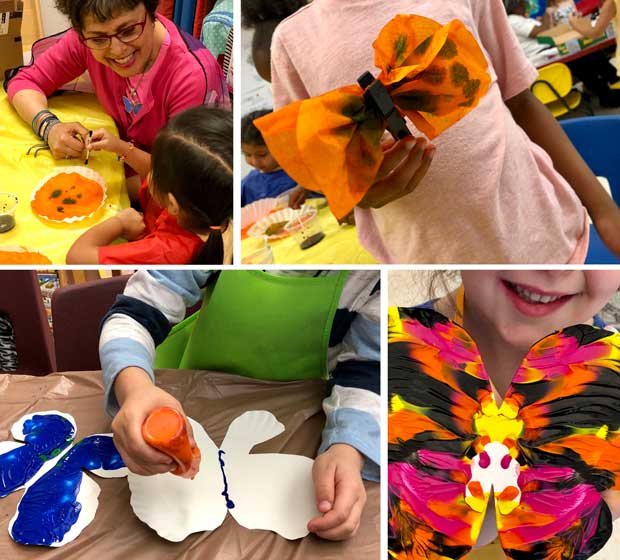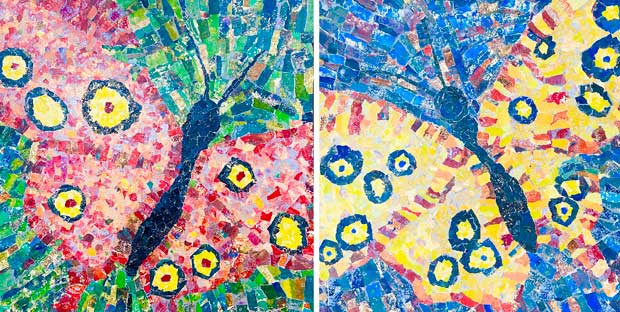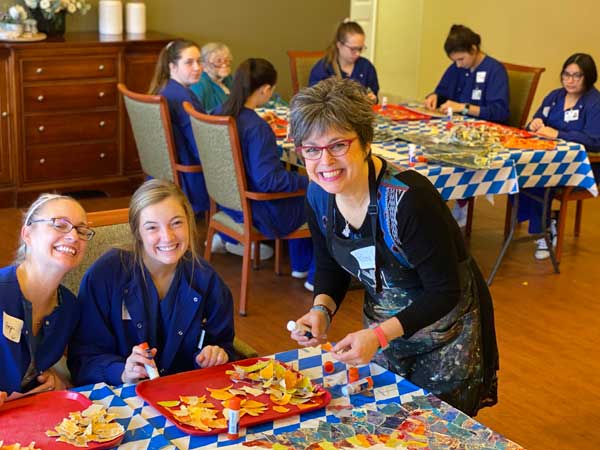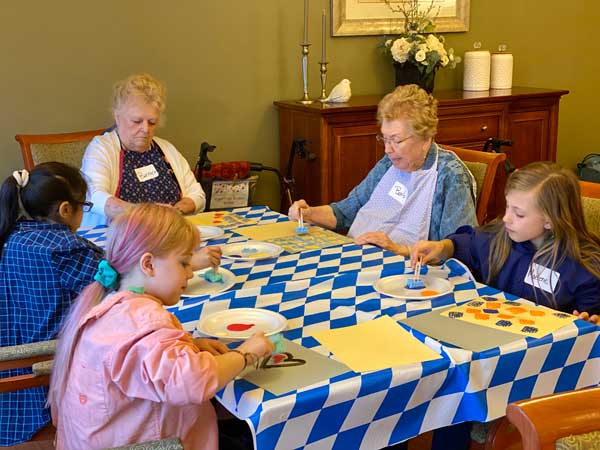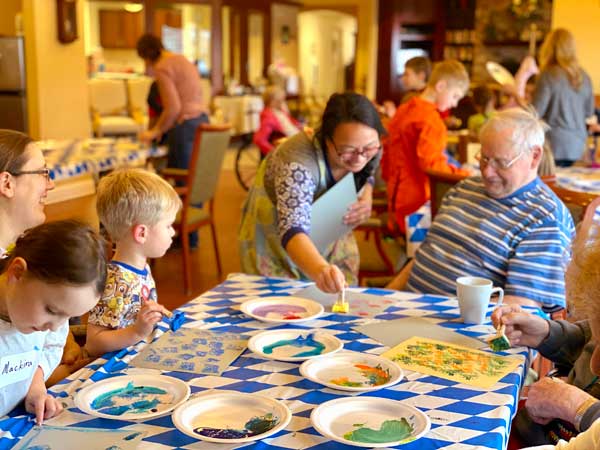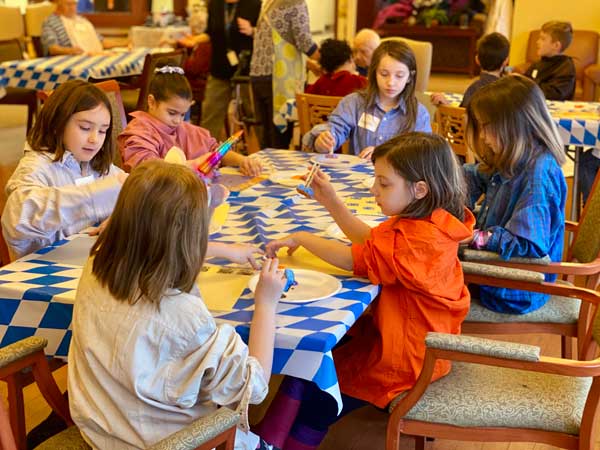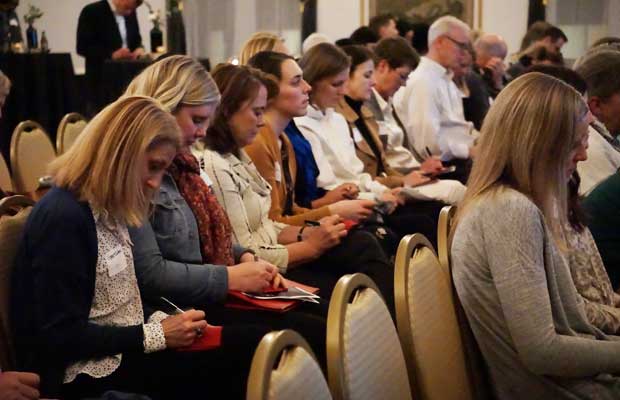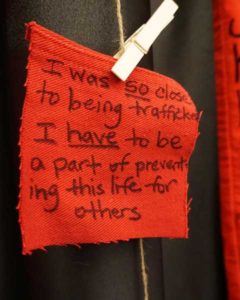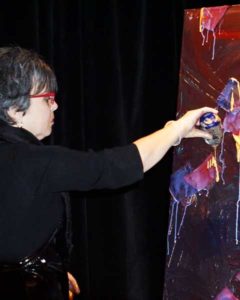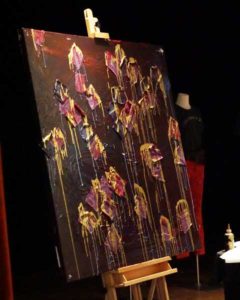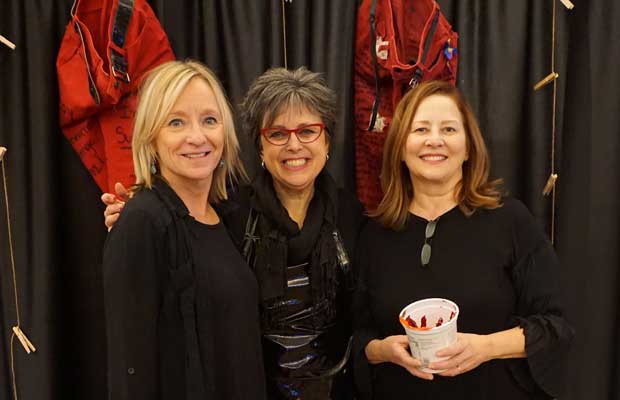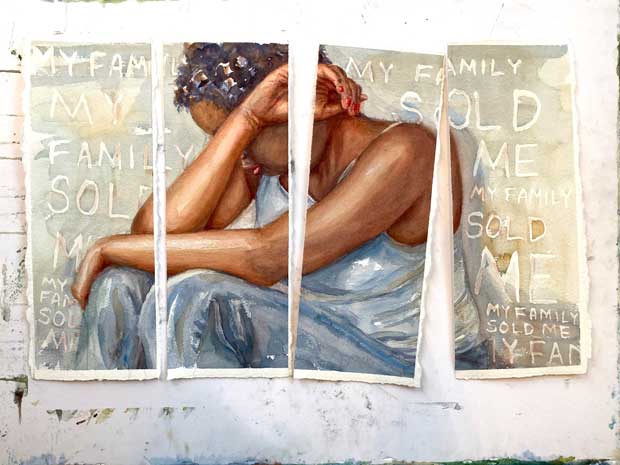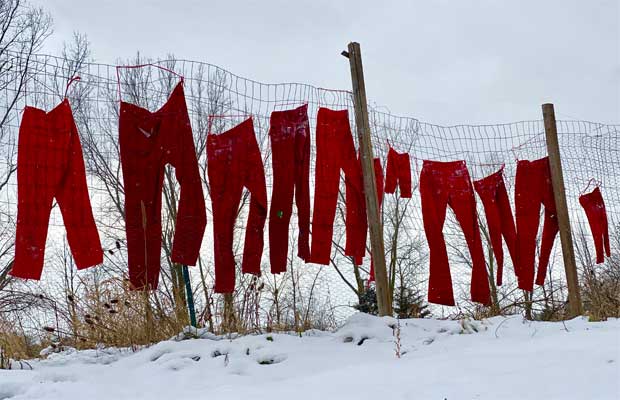
“I just couldn’t let it out,” said a 63-year-old woman, whom I’ll call Trudy. So, for years, the repeated childhood molestation remained hidden.
Sometimes shame, guilt, and fear keep secrets—hush hush. Before #MeToo, generations of women often suffered without a voice. They had no platform to talk about what happened to them.
After viewing The Scarlet Cord exhibit during ArtPrize 2014, dozens of older women dropped their heads on my shoulder and quietly wept. Even though the exhibit specifically highlighted sex trafficking awareness, the audience expanded the work to include childhood molestation and date rape.
I wondered, How many from those voiceless generations, women in their 60s, 70s, and 80s, never told their story of abuse for the sake of protecting family members? Because the validity of their story would be questioned? These forgotten women, hiding decades of dirty secrets, never had a chance to process their trauma.
Through an art encounter, though, many of these women found a sort of release. Somehow the artwork touched something deep within the human spirit. After viewing the art, their secrets started spilling out.
My recent work about sexual trauma, Red Jeans Redemption, addresses this missing narrative. This project gives voice to all women as they record their stories of abuse on a pair of red jeans. As I sat in the kitchen with Trudy, her secret, which started when she was only 6 years old, manifested itself through an art project.
But the initial healing had actually started a few weeks before, as an elderly family member lay dying. In those sacred moments, Trudy got down on her knees and took her perpetrator’s hand. Then she broke shame’s power: “Dad, I forgive you for what you did to me.”
Trudy’s redemption moment came during a confrontation—adult to adult—with her childhood abuser, her own father. When Trudy began to talk about the past, the healing process started. After decades of silence, Trudy finally let it out.
Pamela’s art acknowledges #MeToo anger and responds by offering women a space to experience healing and peace.
Maria Fee, Ph.D., Adjunct Professor of Theology and Culture Fuller Theological Seminary
Healing in Art’s awareness exhibits consist of a variety of multimedia installations. Every work represents both the pain and the potential of each girl and boy enslaved in the commercial sex industry. Inspirational stories connect the audience to real survivors and encourage the healing process. Each exhibit can be expanded to include our Healing in Arts Station, with hands-on activities and community resources on how to get involved. For further educational opportunities, our presentation and film connect viewers to this social problem. Combined, these various pieces make the exhibit a more complete experience.
